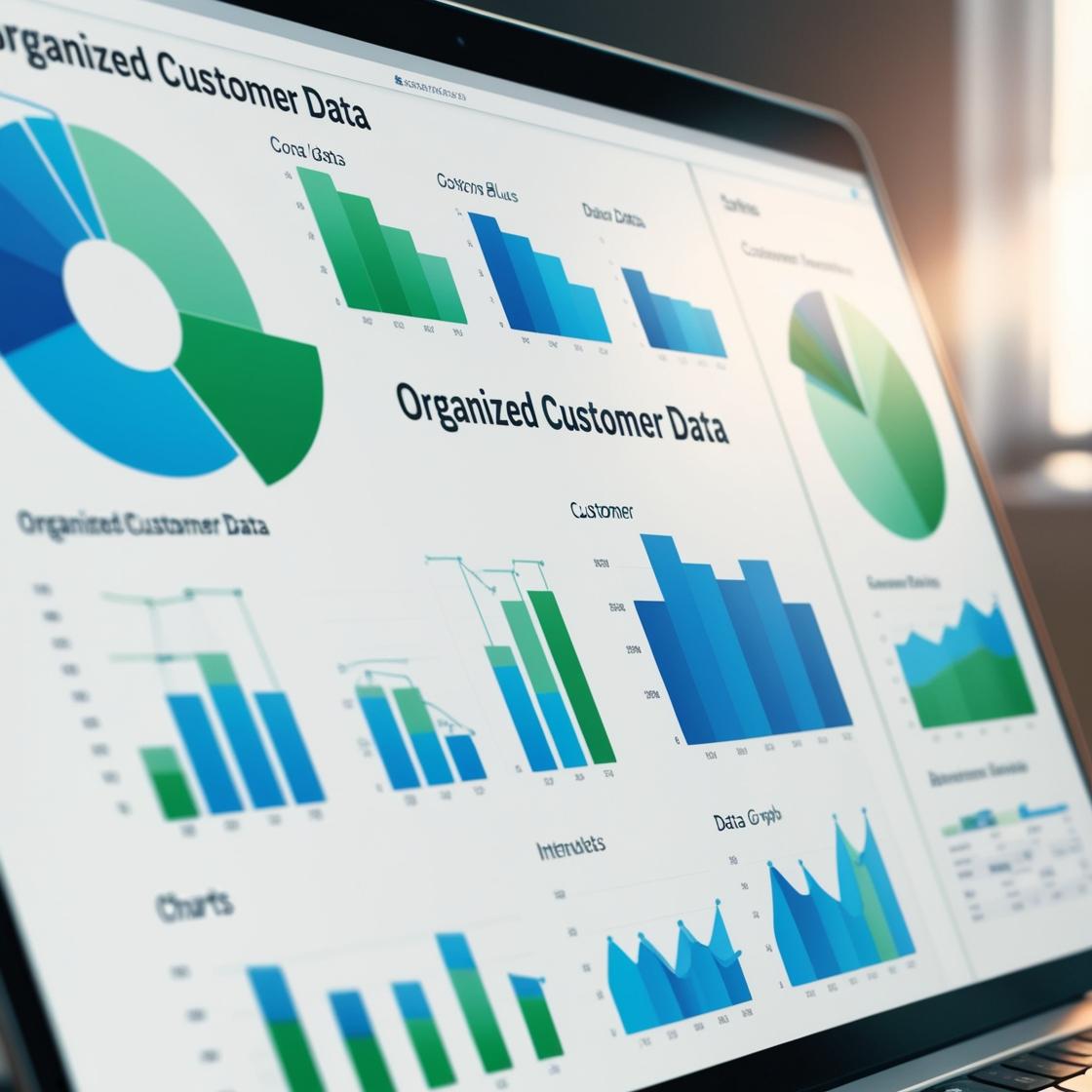Hyper-Personalization in Digital Marketing: Leveraging Data to Drive Customer-Centric Campaigns

Picture this: You walk into your favorite coffee shop, and before you even say a word, the barista greets you with a smile and says, “The usual cappuccino with almond milk, right?” You nod, feeling seen and valued. Now, imagine replicating this level of understanding and personalization in digital marketing—not just for one customer but for millions. Welcome to the world of hyper-personalization, where data, technology, and creativity converge to deliver marketing that feels less like advertising and more like a thoughtful conversation.
The Evolution of Personalization
The journey of personalization in marketing began with simple tactics like using a customer’s first name in emails. While this was a novelty a decade ago, the modern consumer demands much more. With the explosion of data and the rise of sophisticated tools like artificial intelligence (AI) and machine learning (ML), personalization has evolved into hyper-personalization—a strategy that doesn’t just know your name but understands your preferences, behaviors, and even aspirations.
Take Netflix, for instance. Its recommendation engine doesn’t just suggest popular shows; it curates content based on your viewing history, time of day, and even what others with similar tastes are watching. This level of personalization not only boosts engagement but creates a sense of loyalty and belonging.
The Data-Driven Magic Behind Hyper-Personalization
At the heart of hyper-personalization lies data. Every click, scroll, and purchase leaves a digital footprint, creating a treasure trove of insights. But raw data alone isn’t enough; it’s the ability to analyze and act on this data in real time that makes hyper-personalization possible.
1. Behavioral Data:
Understanding how users interact with your website, app, or social media can reveal a lot about their preferences. Are they drawn to specific product categories? Do they linger on certain pages? Behavioral data helps marketers predict what a customer might want even before they know it themselves.
2. Contextual Data:
Context is king in hyper-personalization. Imagine receiving an email about winter coats when you’re in sunny Miami. By factoring in location, weather, and even device type, brands can ensure their messaging is always relevant.
3. Predictive Analytics:
This is where AI and ML come into play. By analyzing past behavior, predictive analytics can forecast future actions. For example, an e-commerce platform might use predictive models to identify when a customer is likely to repurchase a product and send a timely reminder.
Crafting Customer-Centric Campaigns
Hyper-personalization isn’t just about sending the right message; it’s about delivering it at the right time, through the right channel, and in the right format. Let’s look at some strategies:
1. Dynamic Content Creation:
Gone are the days of one-size-fits-all content. Today, brands use dynamic content to tailor website experiences in real time. For instance, a returning visitor might see product recommendations based on their browsing history, while a first-time visitor gets an introductory offer.
2. Personalized Email Campaigns:
Emails remain a powerful marketing tool, but generic blasts are a thing of the past. Brands like Spotify excel at hyper-personalized emails, such as their annual “Wrapped” campaign, which showcases users’ most-listened-to songs and artists.
Also, Read: Personalization in Email Marketing: Crafting Targeted Campaigns that Drive Conversions
3. Chatbots and Conversational Marketing:
AI-powered chatbots are becoming increasingly sophisticated, offering personalized recommendations and solutions in real time. These bots use customer data to make interactions feel more human and engaging.
The ROI of Hyper-Personalization
Hyper-personalization isn’t just a buzzword; it’s a proven driver of business success. According to research, 80% of consumers are more likely to make a purchase when brands offer personalized experiences. Moreover, personalized campaigns can lead to a 20% increase in sales on average.
Brands like Amazon and Starbucks have mastered this art, reaping benefits in customer retention and lifetime value. By making customers feel understood and valued, these companies turn casual shoppers into brand advocates.
Challenges and Ethical Considerations
While hyper-personalization offers immense potential, it’s not without challenges. Data privacy is a significant concern. Consumers want personalization, but they also demand transparency about how their data is used. Striking the right balance between personalization and privacy is crucial.
Brands must adhere to data protection regulations like GDPR and prioritize ethical practices. Building trust is just as important as delivering tailored experiences.
Conclusion: Partner with Social Mosquitoes for Hyper-Personalized Success
Hyper-personalization is no longer optional in today’s competitive digital landscape—it’s the key to unlocking deeper customer connections and driving measurable success. However, implementing these strategies requires expertise, creativity, and cutting-edge tools.
At Social Mosquitoes, we specialize in crafting hyper-personalized digital marketing campaigns that elevate your brand’s reach, boost engagement, and deliver tangible results. Whether it’s leveraging data for dynamic content, creating tailored email journeys, or using AI-driven tools to predict customer needs, we’ve got you covered.
Ready to make your brand unforgettable? Let’s turn your data into a story your customers can’t resist. Reach out to Social Mosquitoes today and experience the future of digital marketing.


